Guest writer: Anna Nilsson Spets
A stone's throw from Uppsala's bustling city centre is the rural Linnaeus Hammarby. I have been here before and will certainly go back again. Plants have been a part of me since childhood and are my job and my life.
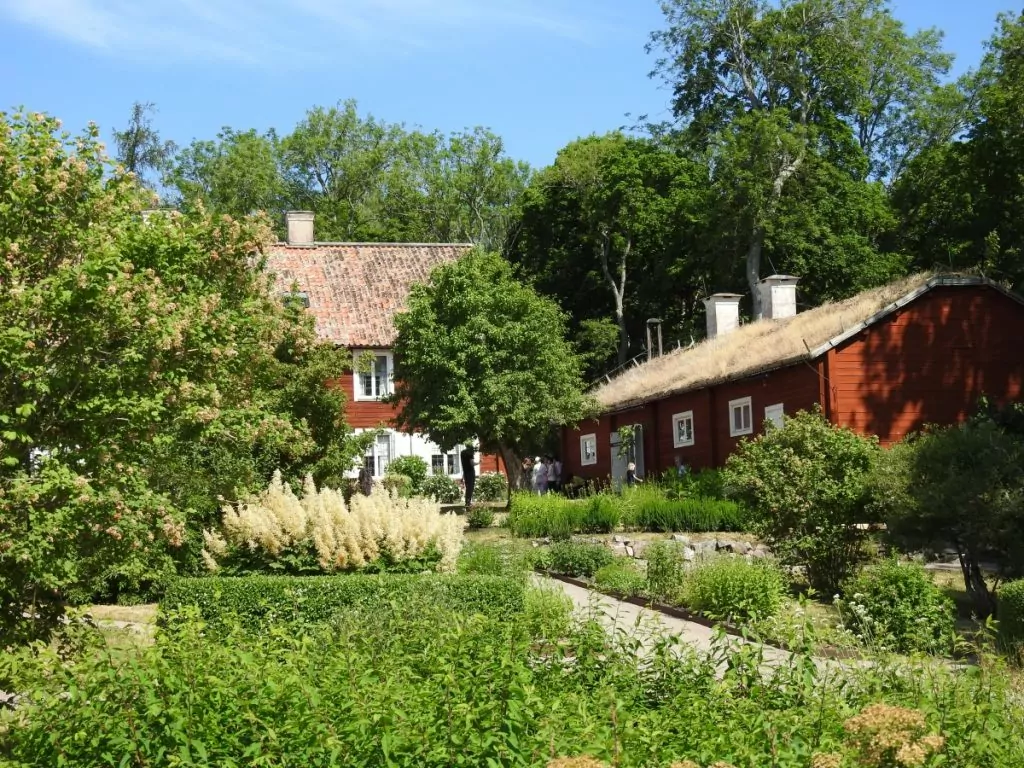
Carl Linnaeus, the famous scientist who is extremely interesting to study in depth, had his summer residence in Hammarby. When life in the messy and according to him "unhealthy life" in Uppsala became too much, Hammarby was his place of recreation. On this hot day, the unhealthy Uppsala lifestyle also seemed too much for the Japanese tourists.
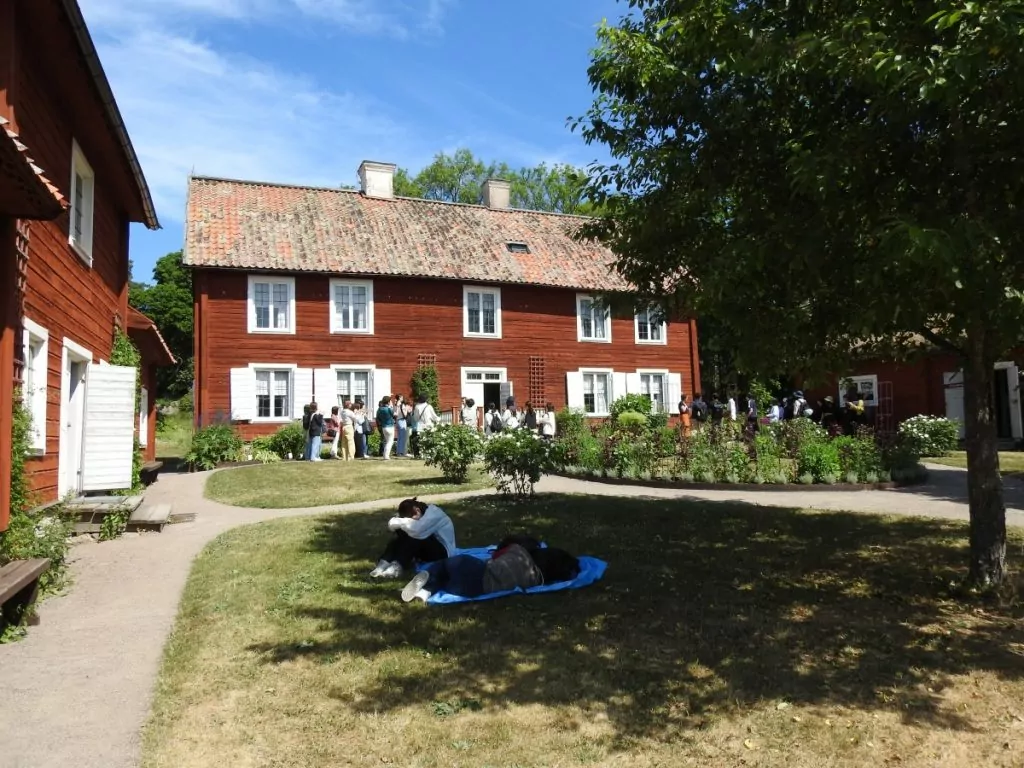
Linnaeus was born in the 18th century and already in his childhood he showed great interest in plants, was taught privately and then continued his studies at the University of Lund and later Uppsala.
To make an extremely long story short, we owe a lot to Carl Linnaeus, the taxonomic classification system (dividing plants into genus, species and family). Believe it or not, many of the botanical names are still used today.
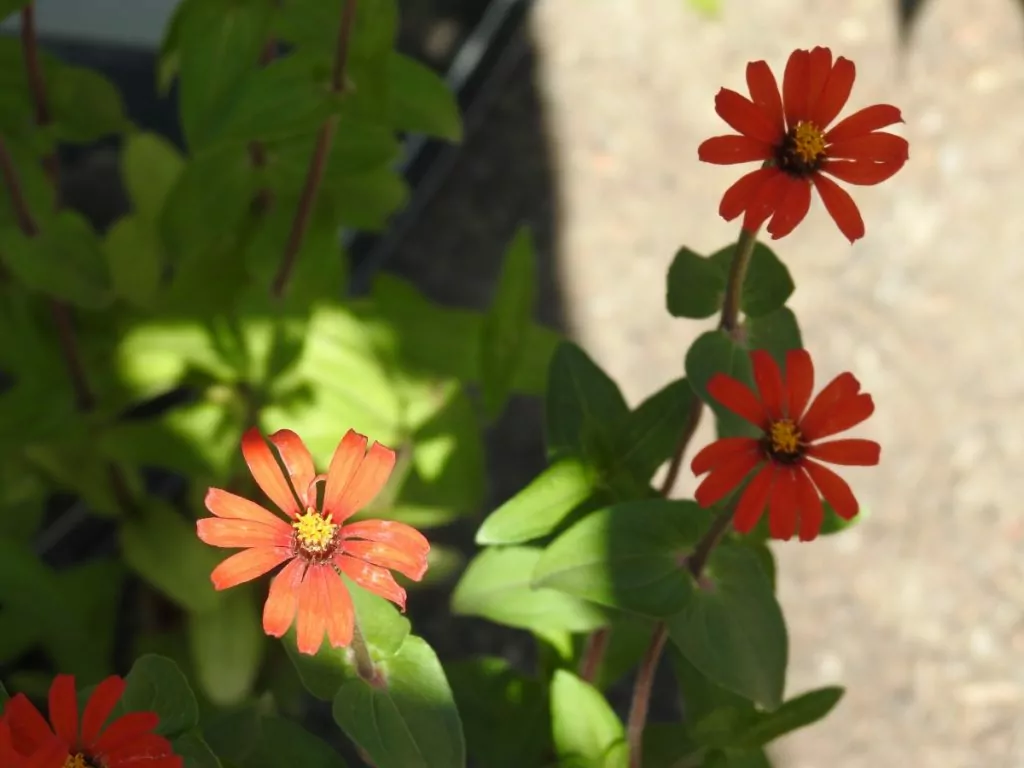
The area around Hammarby is a typical Uppland cultural landscape, in fact it is cultivated as in Linnaeus' time.
The park around the farm itself is lushly green, the marigolds are in full bloom and bees and insects are hard at work.
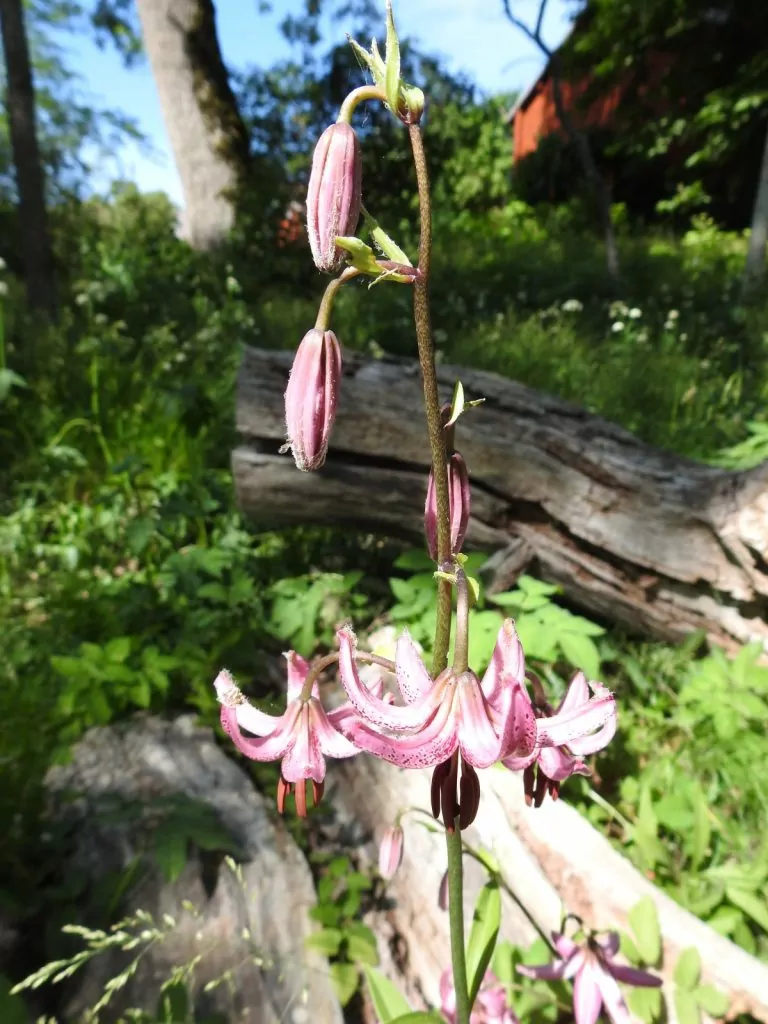
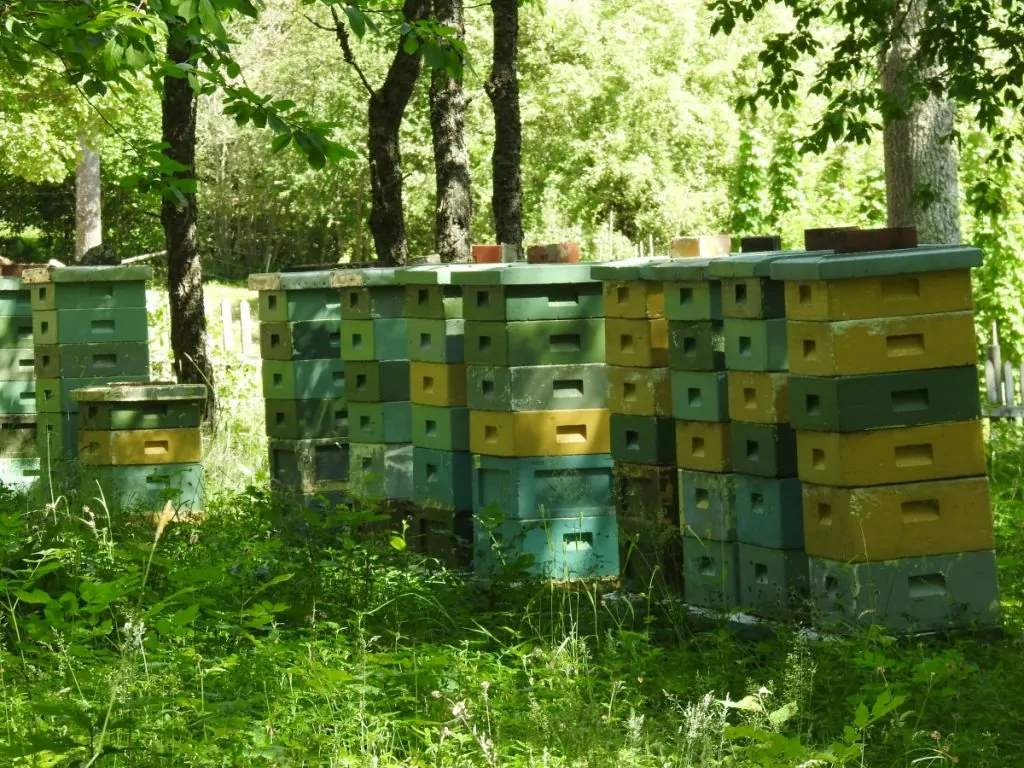
On the hill, with a fantastic view of the plain, is the Natural History Museum, a small stone house where collections and writings were safely stored. My palace on earth, Linnaeus called it. Students came and went, taught by the great master who, according to legend, sometimes received visitors in his nightshirt.
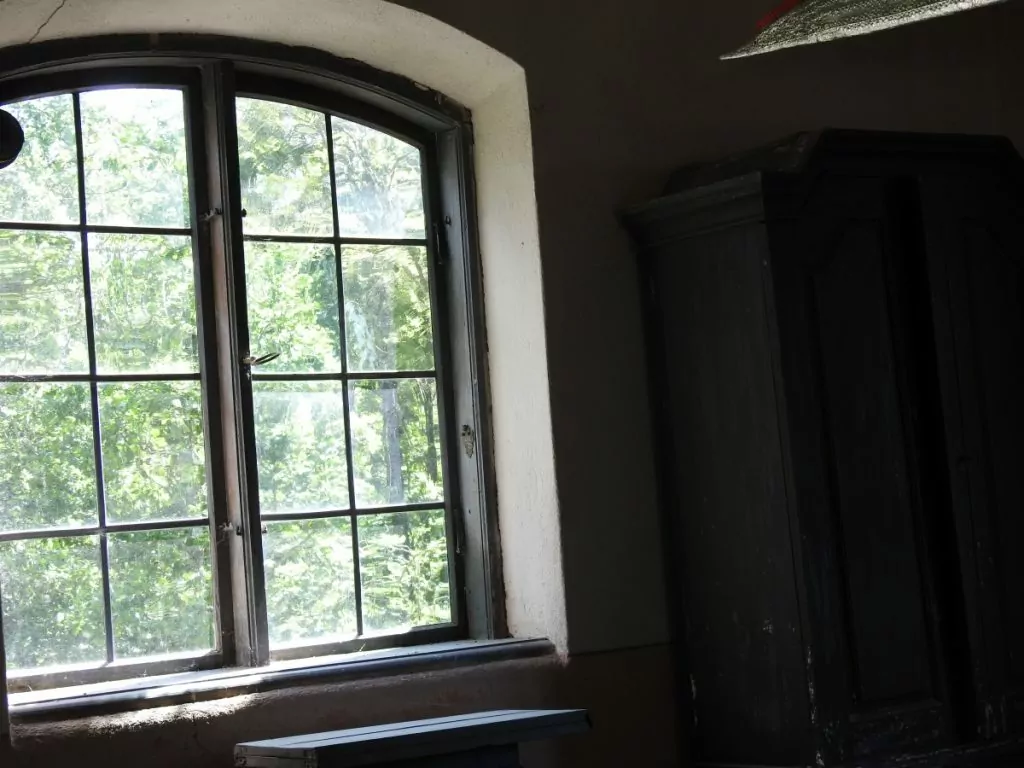
Hammarby is mentioned as a farm as early as the 13th century. In 1758 the farm was bought by the Linnaeus family and remained in the family until 1879 when the state took over ownership and operation.
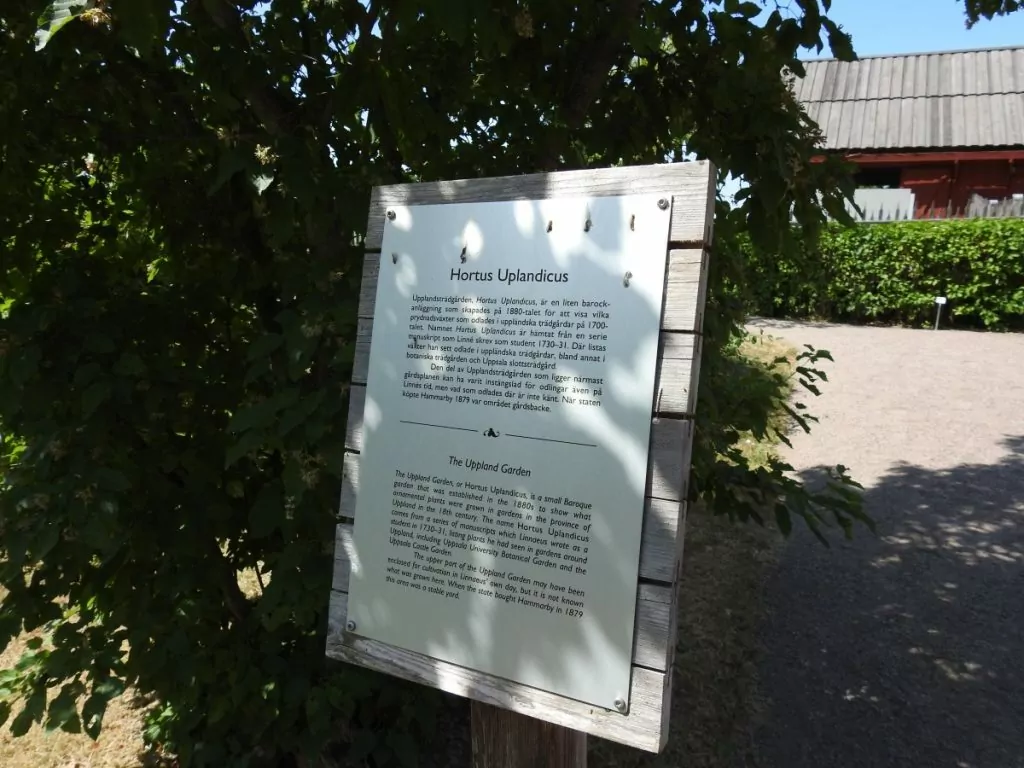
The three main buildings themselves are open to the public. In the farmhouse, a large collection is preserved and the walls are wallpapered with botanical posters. The farmhouse can only be visited with a guide.
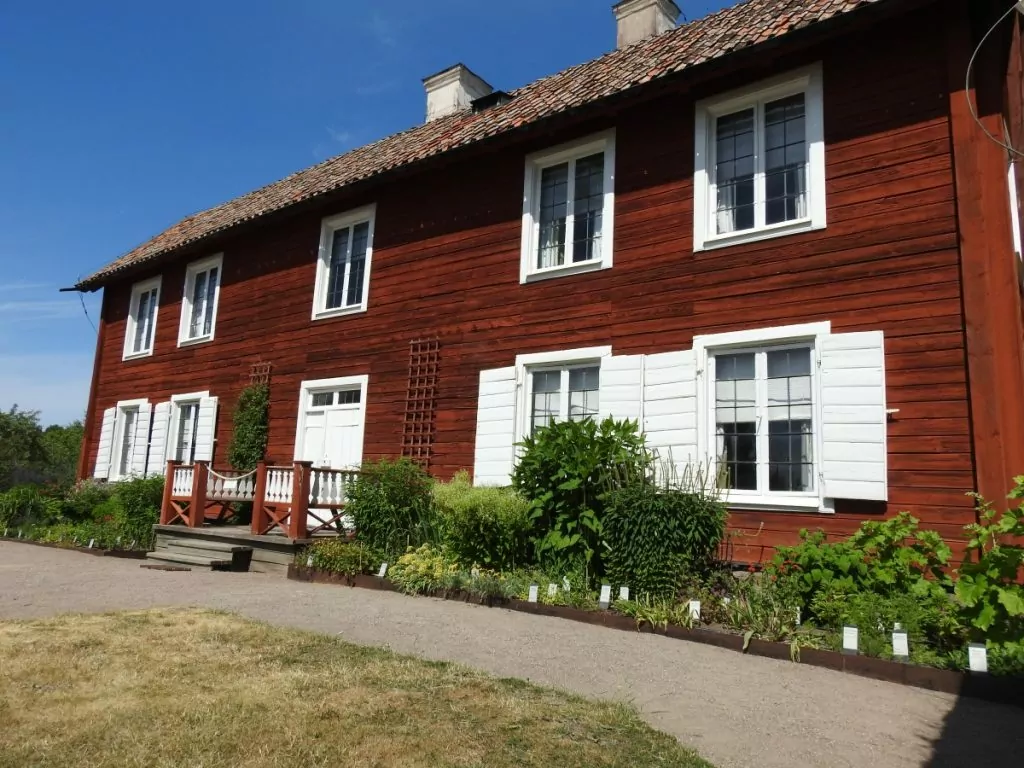
The flower beds in front of the houses are full of colour, and some of the plants are part of our cultural heritage.
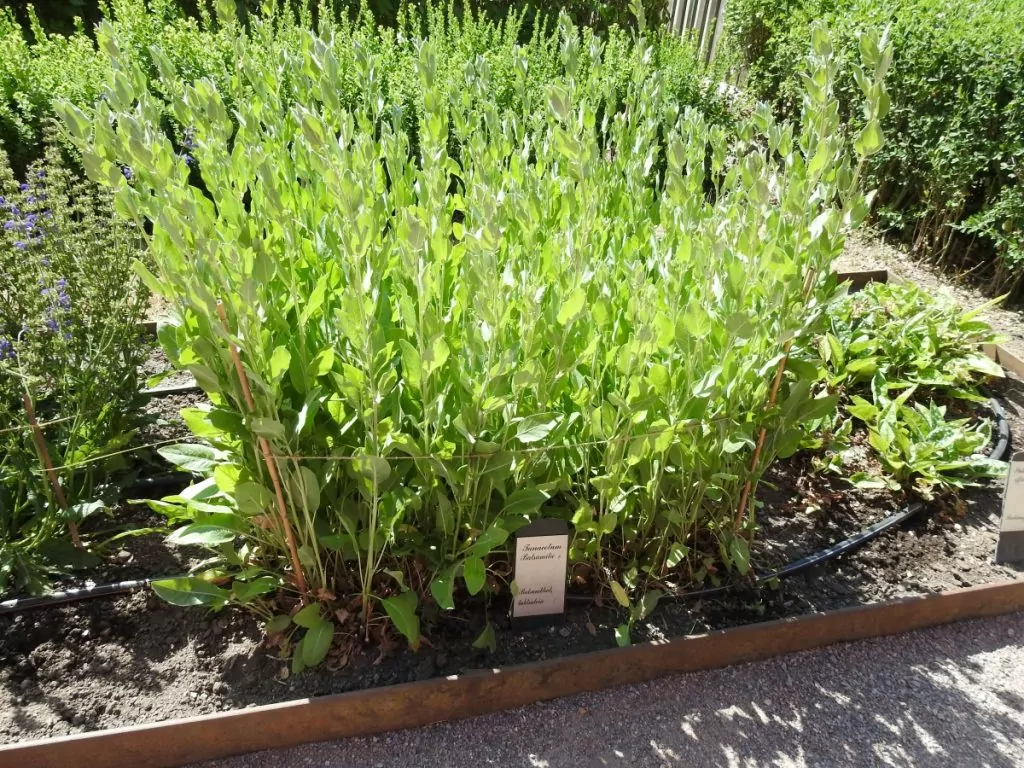
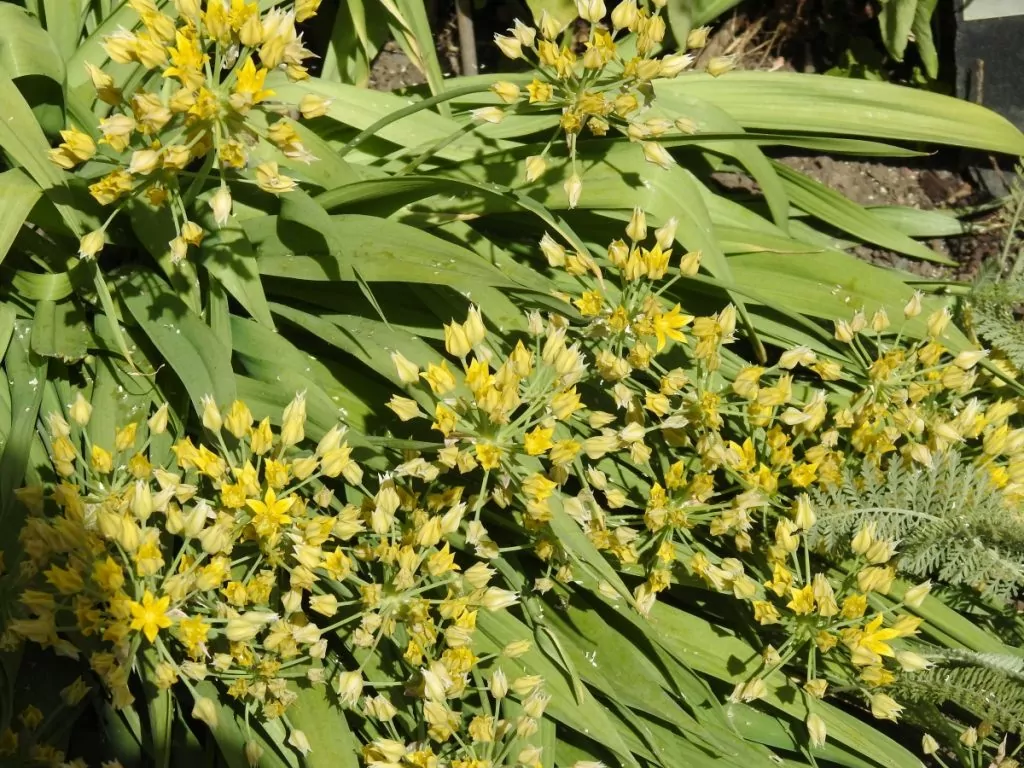
The left wing houses a café and a museum shop. The food is homemade and Swedish and is served in the lush apple garden.
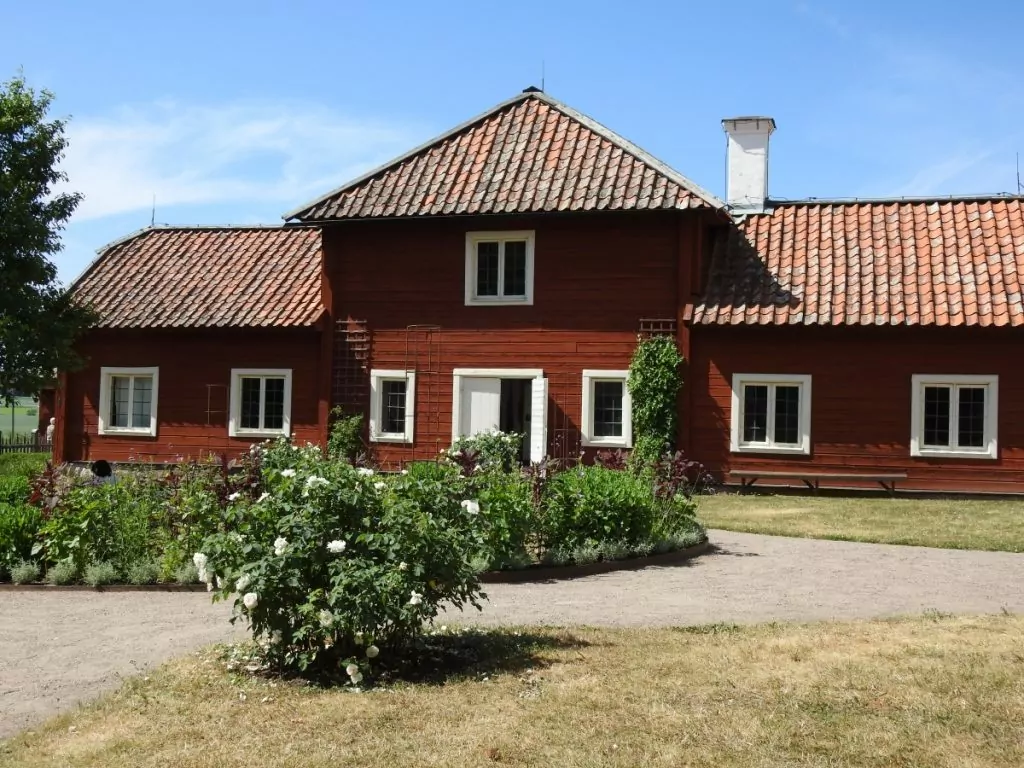
In the wing on the right, you can learn about the fate and adventures of Linnaeus, an extremely fascinating man.
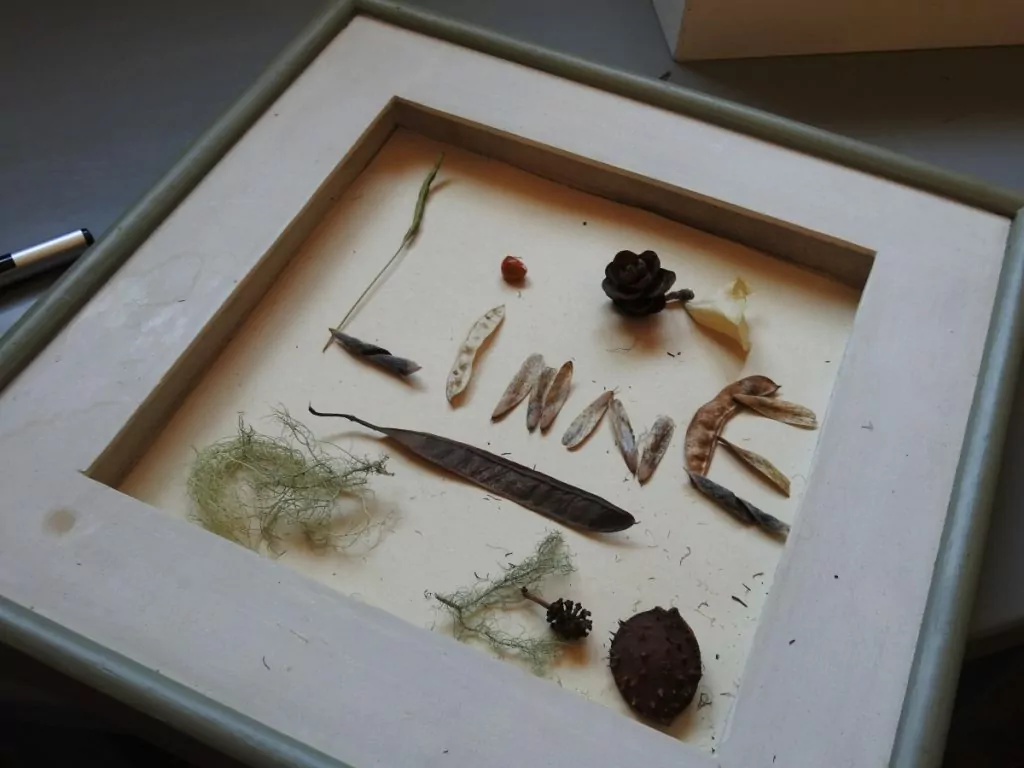
Facts about Linnaeus' Hammarby
Getting here
- Bus from Uppsala: Bus 102 towards Knivsta, stops 2 km from the destination.
- Cycle from Uppsala: Cycle paths between 12-15 km
Good to know about Linnaeus' home village
- Entrance: Adults 100 kr including guide, children free.
- Read more: You can find more information at the website.
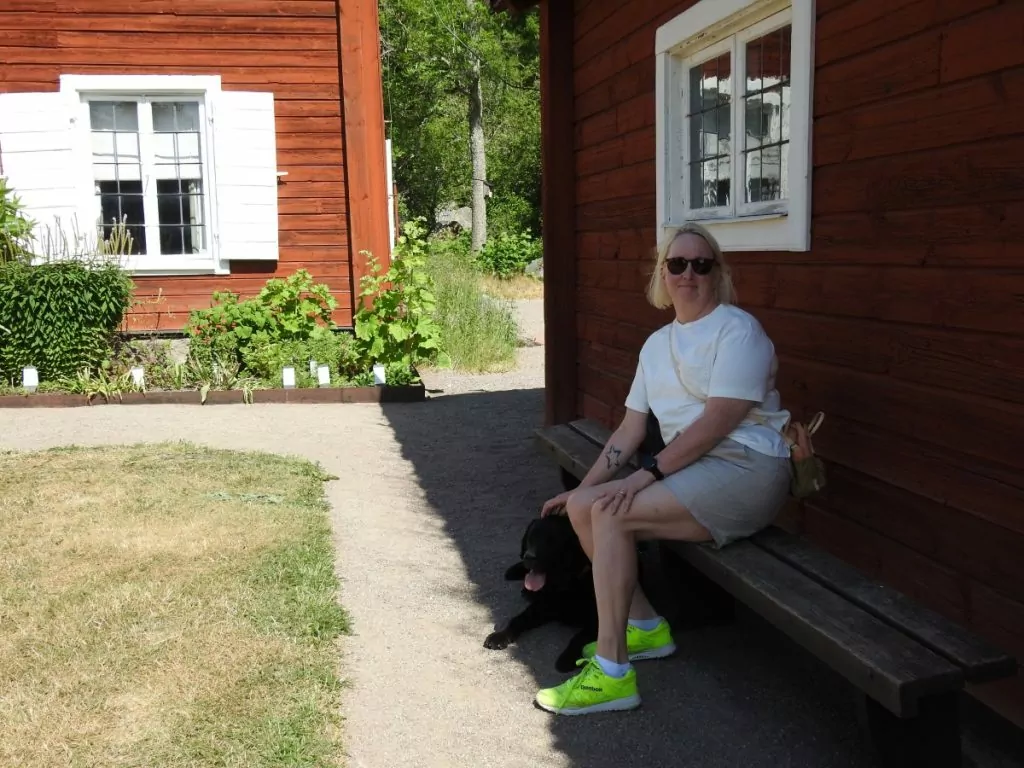
It is said that Carl Linnaeus went to church with his dog; on Sundays when he could not attend, the dog was sent alone.


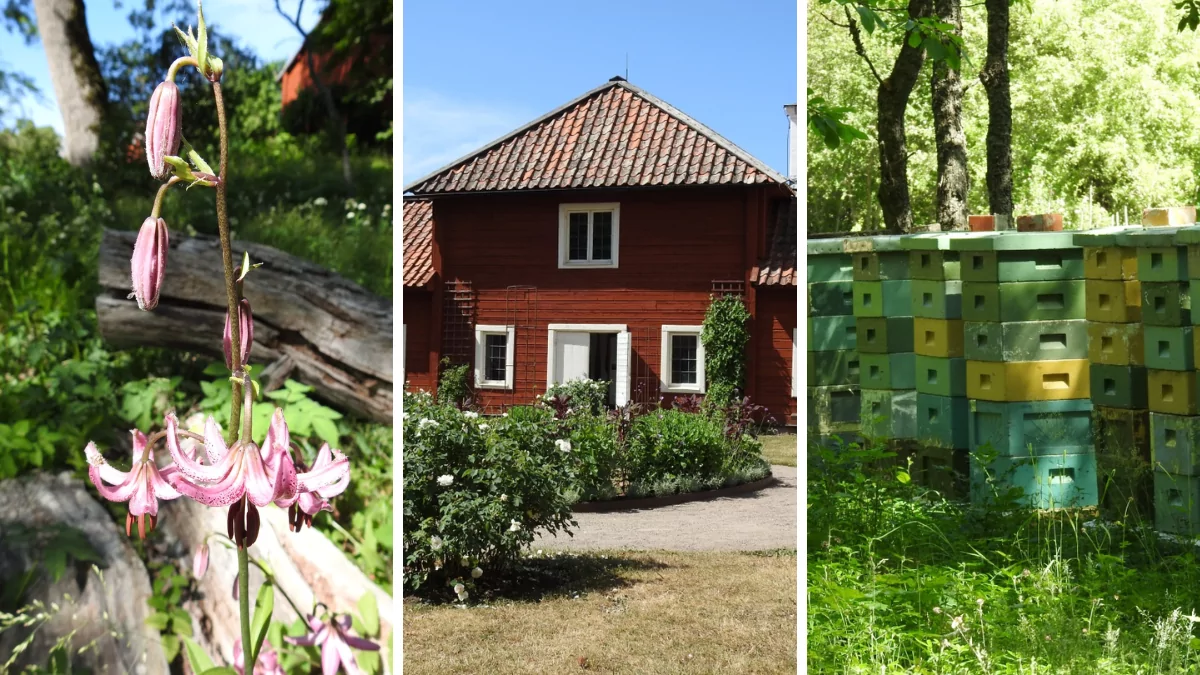






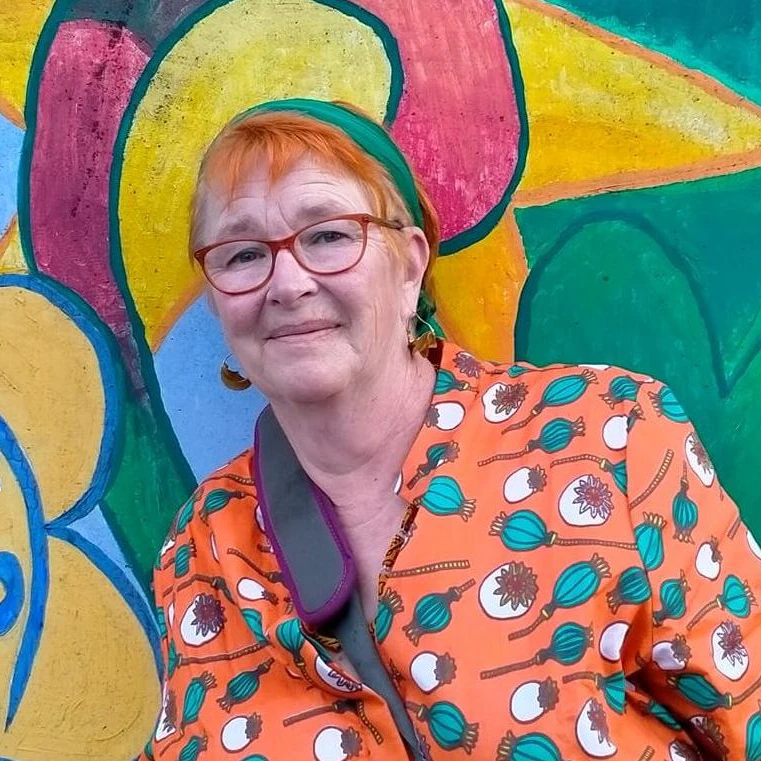
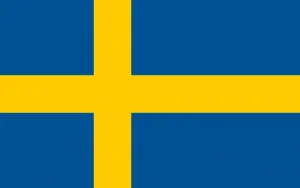
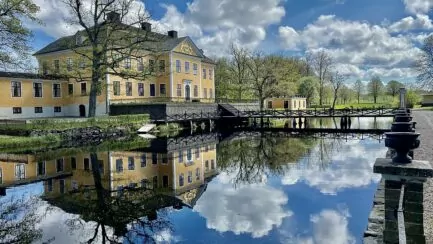
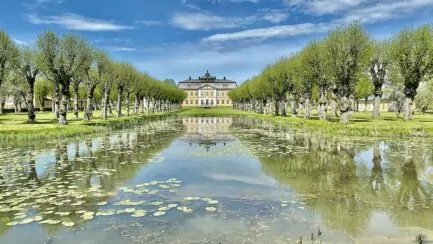
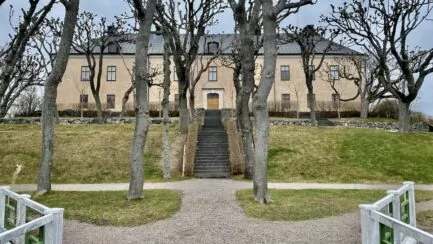
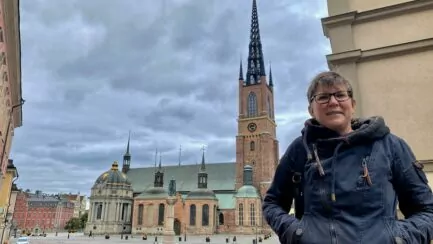



Lena - good for the soul says:
Oh how fun to read! I grew up in Vilan (villa area nearby) and had my first summer job in the fields outside Hammarby (picked flying oats 🙂 ). Honestly, I don't remember if I've even been to Hammarby as a "tourist" or just as a peeing teenager in need of a borrowed toilet. I remember that I liked the place anyway. So, thanks for the reminder. Might be an idea to visit old hoods.
Last summer, and a year ago this summer, we walked the Linnaeus Trail in Grövelsjön. I tried to imagine what it was like to walk there in the 1700s. Jesus!
As I said, a fascinating man!
Hug Lena
17 July 2023 - 12:38
Anna Nilsson Spets says:
Of course I know Vilan, I guess you recognise me too, I'm from Enkpg. And all the young people in Uppland have picked oats, what a shitty job.
Goodbye
19 July 2023 - 19:23